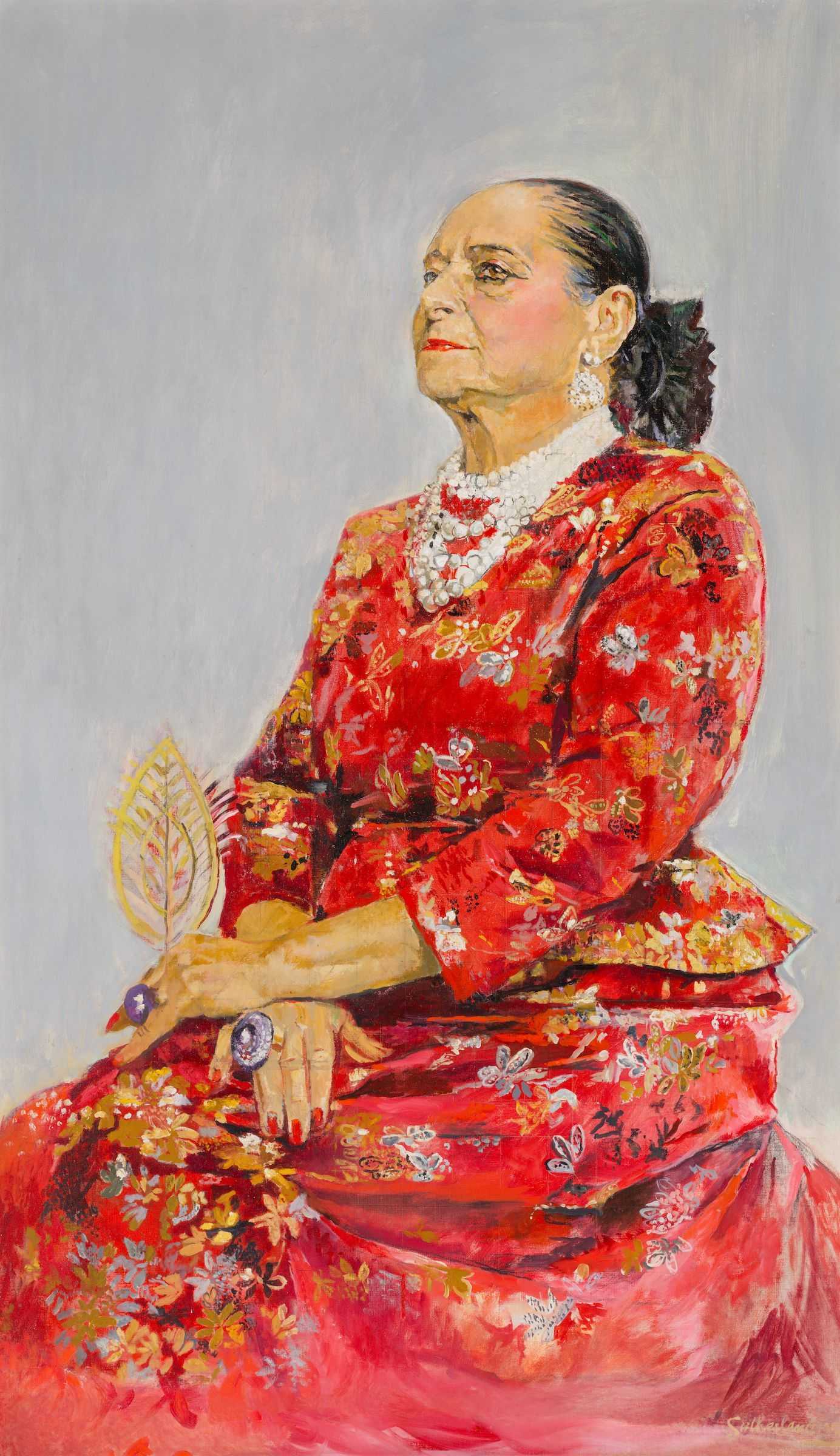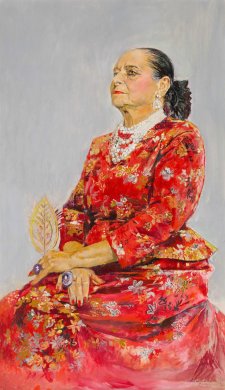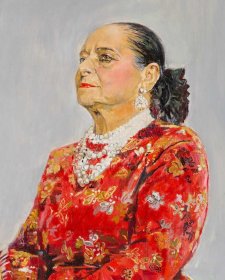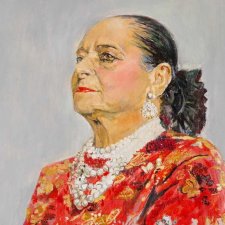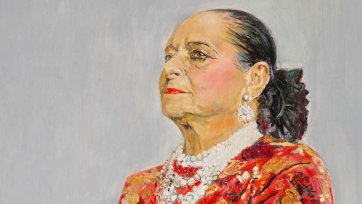Helena Rubinstein (1872‒1965) was the first self-made millionairess of modern times, and created the first publicly-listed global cosmetics corporation. That business began its life in 1902, in a rented upstairs room at 274 Collins Street, Melbourne. Two of Helena Rubinstein’s uncles emigrated from Krákow to Victoria in the 1880s, and established a mixed business in Coleraine. She followed them, unaccompanied, in 1896. She seems to have become convinced that lanolin from local fleeces might be used to improve and adapt the twelve pots of her mother’s face cream she brought with her from Poland. With the help of a lady she claimed to have met on board ship, Helena Rubinstein established her first salon de beauté, at first supplying skin-nurturing “Crème Valaze.” That product purported to contain rare herbs gathered in the Carpathian Mountains, together with essence of almonds and the bark of an evergreen tree. It was said to have been formulated by a Hungarian chemist, Dr. Josef Lykusky, and imported from Russia. In fact the recipe consisted of lanolin, “vegetable oil, mineral oil and wax,” and was almost certainly produced in the Felton Grimwade factory in Flinders Lane.
Helena Rubinstein had a genius for business. She grasped from the outset that her products needed to be expensive; that working women thirsted for luxury, and would pay for it. Her products also needed to be seen as “scientifically formulated in the laboratory,” and obviously they needed to work. She understood the need to emphasize the use of “natural ingredients,” even though she was an aggressive adder of bleach and other synthetic agents. She was prescient in insisting that prolonged exposure to the sun was harmful to the skin. She also insisted upon maintaining opulently furnished, well-staffed flagship salons so as to create widespread fascination with her products. In fact the vast bulk of her products were sold through department stores. Within fifteen years she created an unprecedented mass market; she built and supervised factories, and tightly controlled every aspect of her brand. Above all, she understood that she herself needed to project personal glamour—in costume, maquillage and coiffure, the better to attract sustained publicity. She pioneered the use of non-streaking mascara, and various other forms of eye make-up. Almost singlehandedly she obliterated the widespread American stigma associated with the use of rouge and lipstick.
When at the age of 85, at the height of her power and wealth, Helena Rubinstein sat in Paris for this fine, larger than life-sized portrait by Graham Sutherland, he persuaded her to wear a red brocade gown designed by Cristóbal Balenciaga. Although by her own account, even in high heels, Helena Rubinstein stood at not quite four foot ten, Sutherland thought she looked like an empress. In a way he was quite right.
